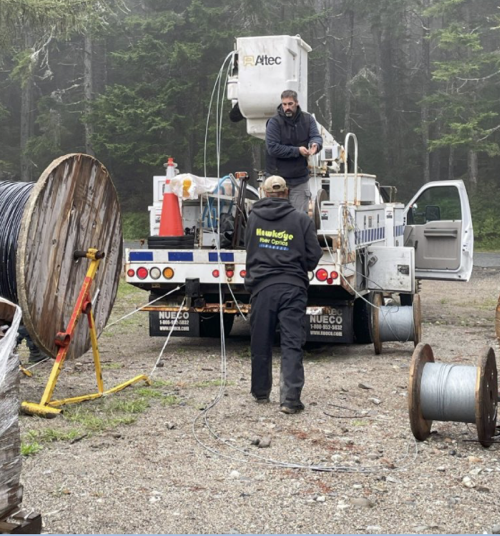“Perseverance:” Maine’s Isle Au Haut Builds Its Own Fiber Network
Last year we noted how “scrappy” Island residents in Maine were taking matters into their own hands and building their own fiber broadband networks despite massive financial and logistic challenges. One such community, Isle au Haut, says it has completed its fiber deployment with ample help from locals – and federal and state grants.
After a decade of planning, several dozen residents of the island (with a summer population of around 300) recently celebrated a ribbon cutting ceremony on June 28, alongside build partners that included the Island Institute, Axiom Technologies, and Hawkeye Fiber Optics.
The deployment required the construction of a new six mile undersea fiber run, the creation of a new central switch station near the town landing, and last mile fiber deployment to residents currently connected to the power grid. All overseen by the The Isle Au Haut Broadband Committee, first established back in 2018.

In 2022, Isle au Haut was awarded a grant from the National Telecommunications and Information Administration, (NTIA) with matching funds contributed by the State of Maine and the Maine Connectivity Authority.




